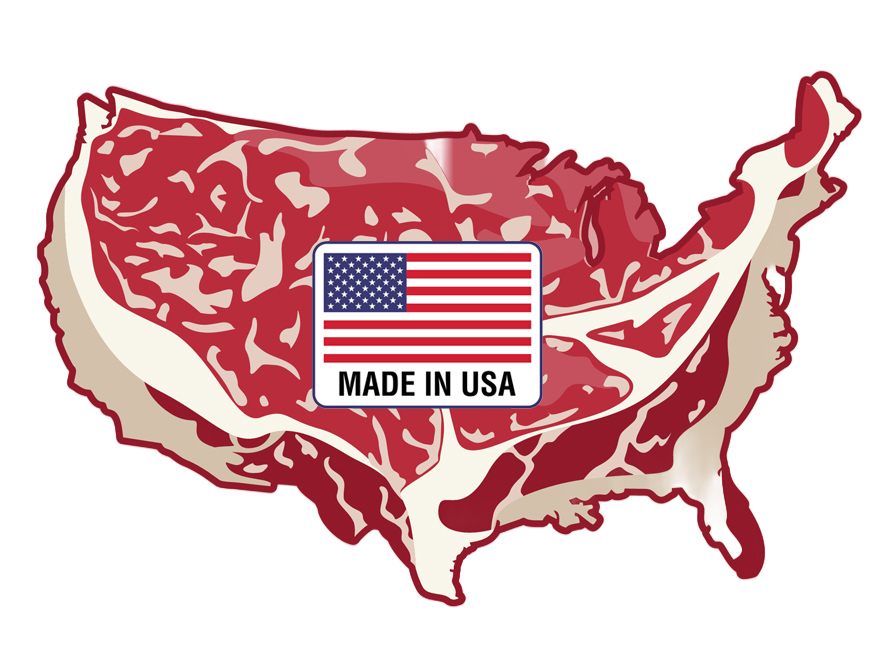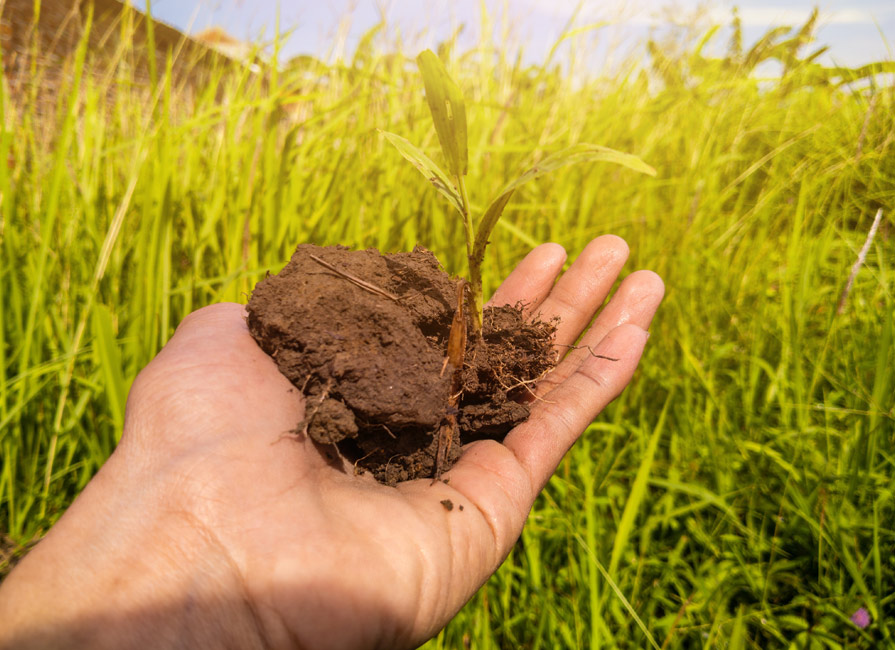In today's increasingly food-conscious world, consumers expect a label to mean what it says—including the…
Putting Bison on Feedlots—Unnatural, Unnecessary, Unsafe
My family and I are traveling through the American West, and I am awed by its wild majesty and beauty. During a stop at Yellowstone, we paused by a river to watch six bison cross. Soon, we were treated to one of the most astonishing sights I’ve ever seen—something I feel grateful that my sons were able to witness. Those six bison were soon followed by their herd mates, and we were able to see something not many Americans have experienced since bison were hunted to near extinction in the 19th century: the awe-inspiring power of a bison herd on the move.
Probably 200 bison forded that stream as they moved to new grazing lands, and witnessing it was an unparalleled experience. Despite their powerful size, bison are graceful creatures and move almost daintily, but with speed and purpose. And they really do thunder.
In 1800, it was estimated that more than 40 million bison roamed the United States; by 1900, after an unprecedented and sustained massacre, fewer than 600 bison remained. Most of the bison you see today are descendents of a ragtag group of several dozen bison who had been saved by conservationists dedicated to their survival.
Historically, bison were the lifeblood of a number of Native American tribes, providing meat, skins, and other important supplies. Indeed, bison meat has fed humans for thousands of years. Six years ago was the first time I saw bison being farmed for meat. The animals were being raised on 13,000 acres in Texas and were roaming their homelands in family groups, just as nature intended. They were carefully overseen by skilled stockmen who knew that the best management for these magnificent creatures was to ensure that they had the space and freedom to utilize the land to their own advantage. The animals had no parasites and were totally in harmony with their environment – their only feed was grass and forage, the true and proper diet of a ruminant. At slaughter, selected animals, carefully chosen to be the least disruptive to herd structure, were taken for meat with a single, immediately fatal shot delivered under the supervision of the USDA inspector.
Shortly thereafter I saw the antithesis of that thoughtful, holistic system as I walked among bison on feedlots. Bison are wild animals; they have not been domesticated by man like cattle and sheep. That day, I saw thousands of these undomesticated animals react as their natural behavior dictated they should to any threat. They stood unmoving in defensive circles. When they did move, only to eat and drink, the closely packed feedlot left them unable to fight off any parasitic challenges and many required pharmaceutical treatments. They were fed an unnatural corn- and grain-based diet that is not only alien to them but which leads to unbalanced conditions in their digestive systems, which then acts as a haven for E. Coli O157:H7. They looked neither strong nor majestic, but confused and defeated.
Must we continue to dominate and control and force our will on everything we see and touch? Must we now subject bison—wild animals—to a system that has already proven inhumane and unsafe?
Given the documented problems with the feedlot system, I wasn’t surprised to read about the recall of bison meat due to E. Coli that has caused the illness of five people in Colorado and one in New York. Although Rocky Mountain Natural Meat (the processor) and the retailers who stocked the product (including some well-known ones)seem to want you to believe their bison is a ”natural” product, in fact, what consumers were buying was feedlot meat with the inherent risks that such production has been shown to generate.
Bison meat has often been promoted as the healthy alternative to beef. It has a far lower fat content than beef – 5 to 7 percent for bison compared with 25 to 30 percent for beef – and higher protein content. Before this recall most people would have thought of bison as a safe, healthy meat from animals roaming the ranges of the West. We can now see all too well that this isn’t the case.
The only reason to force these stately animals into confinement is to try to speed up their growth so a few greedy ranchers can profit. But by their very nature these kings of the prairie need space to roam in order to fulfill their natural behaviors and keep them healthy. Why on earth would we want to change that? Big Ag’s “improvements” in genetics for chicken and pigs have done little but shorten the lives of the animals, weaken their skeletons, remove maternal traits that have led to cages, and breed the flavor out of them.
Knowing what we know now about our failed attempts to force domesticated animals into unnatural industrialized farming systems, do we seriously need to do the same to a wild animal? Why on earth do we want to put bison in feedlots just to make it more like beef, particularly when one of the attributes of bison is its lean, light meaty flavor? Why would you want your bison burger to taste like a beef burger?
Aside from the inexplicable need to force feed bison to make them more like cattle, feedlot confinement has the same ill-effects on bison as it can have on cattle. Which means the revolting acid-resistant E Coli O157:H7 has been found in bison meat. At least six people have fallen ill and one person has instigated proceedings against Rocky Mountain Natural Meats, the bison meat processor. As we have highlighted in previous blogs, the cause of this particularly virulent E. Coli is related to the inappropriate grain feeding of ruminants, creating an unnatural environment in their digestive systems that allows E. Coli to flourish. Bison fed on pasture or range and raised slowly produce lean, healthy meat, free from acid-resistant E. Coli.
As consumers we can vote with our dollar and end the bison feedlot industry before it destroys this noble species. We can refuse to buy bison from feedlots which may in fact be bad for our health as well as for the health and well being of the animals. If you want to play Russian roulette with E. Coli, buy feedlot beef.
If you feel as I do, buy bison only from herds that live and forage on pasture or range. Demand that your retailer stops selling meats that can kill. If there is no market for feedlot bison then bison will stop being subjected to feedlots. Let’s not make another mistake that will imperil this magnificent beast.



